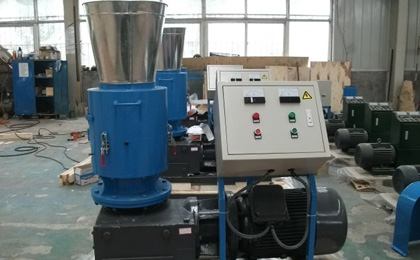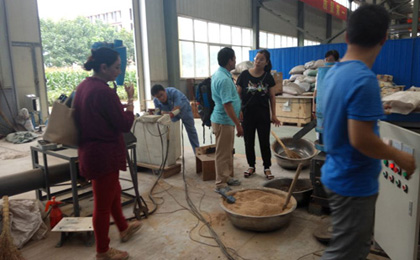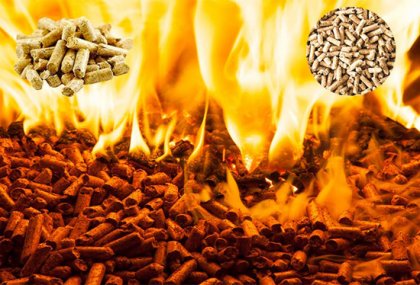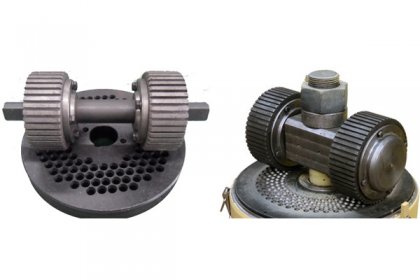There are some general standards of identifying the quality of pellets produced by biomass pellet machine. When we talk about identifying its quality, these standards are quite important.

The calorific value
One of the important standards to identify the quality of pellets is the calorific value. The high quality biomass pellets should have the calorific value of the corresponding raw materials. The supplier of biomass pellets should provide the parameters of the calorific value of the pellet for reference, but also need to know about them by yourself in general outline.
Different materials have different calorific values. For example, the calorific value of the straw particles is about 3,400-4200 kcal, and the wood particles are between 4000 and 5800 kcal.
The color
Due to the difference in raw materials, the color of pellets is different, from light gold to warm brown, the darker the color in natural conditions indicates that the ash content may be higher, or the different raw materials are added in the manufacture. On the other hand, The color of burned pellets should be yellowish or brown, and if it’s black, the quality of biomass pellet fuel is not very good.
The ash
When choosing biomass pellet fuel, we often do not know how to choose biomass pellet with high quality. It is recommended that we can also judge the quality of pellet fuel from the ash content after burning. Different particle combustion value is different, and the ash burned out is also different. As shown as below picture, the white one is the state of the red wood pellets burning to half; and the black one is the burning state of rice husk pellets. According to test a tons of rice husk combustion pellet, at the same time, the heat generated by the same conditions, miscellaneous wood pellets only need 700 kg, red wood pellets need 500 kg.

The biomass pellet fuel burns with less ash, which indicates that the raw materials of biomass pellet fuel are relatively pure. On the contrary, the more ash, the more impurities in the biomass pellet fuel. And what’s more, high quality of the biomass pellets always have good lustre.
The Size
All biomass pellets produced by biomass pellet machine are uniform diameter of 8-10mm, but the length ranges from 20mm-50mm, and even can reach up to 80mm. These range of biomass pellets are suitable for most pellet burning furnaces. However, because the pellets are too long to cause furnace problems, the optimal size of biomass pellets should be about 20mm-40mm. If it is too long, you can break biomass pellets by yourself.
So how can we simply and effectively identify the quality of biomass particles? Today TICO mechanical engineer tells you simple and effective method:
- Firstly, take a container, it can hold at least 1 liter of water and weigh it. Fill the container with pellets, weight it again, subtract the net weight of the container, and divide the weight of the pellet by the weight of the filled water. The calculated results of the qualified pellets should be between 0.6 and 0.7 kg/L, which can also be regarded as the specific gravity of pellets. It is a very important parameter that indicates whether the pressure is correct or not when making pellets. Those that are not qualified, this value will be less than 0.6, they are very easy to break and shatter, and will produce a lot of fine powder.
- Qualified pellets refer to the moisture is less than 10%, and from a mechanical point of view, high density, very strong. The easiest way to detect the particle quality is to put the particle in a glass of water, and if it sinks, it proves that the density is high enough and the pressure is enough when it is formed. However, if the pellets float on the surface of the water, the density is very low and the quality is poor. From a mechanical point of view, its durability is very poor, very easily pulverized or into fine powder.






